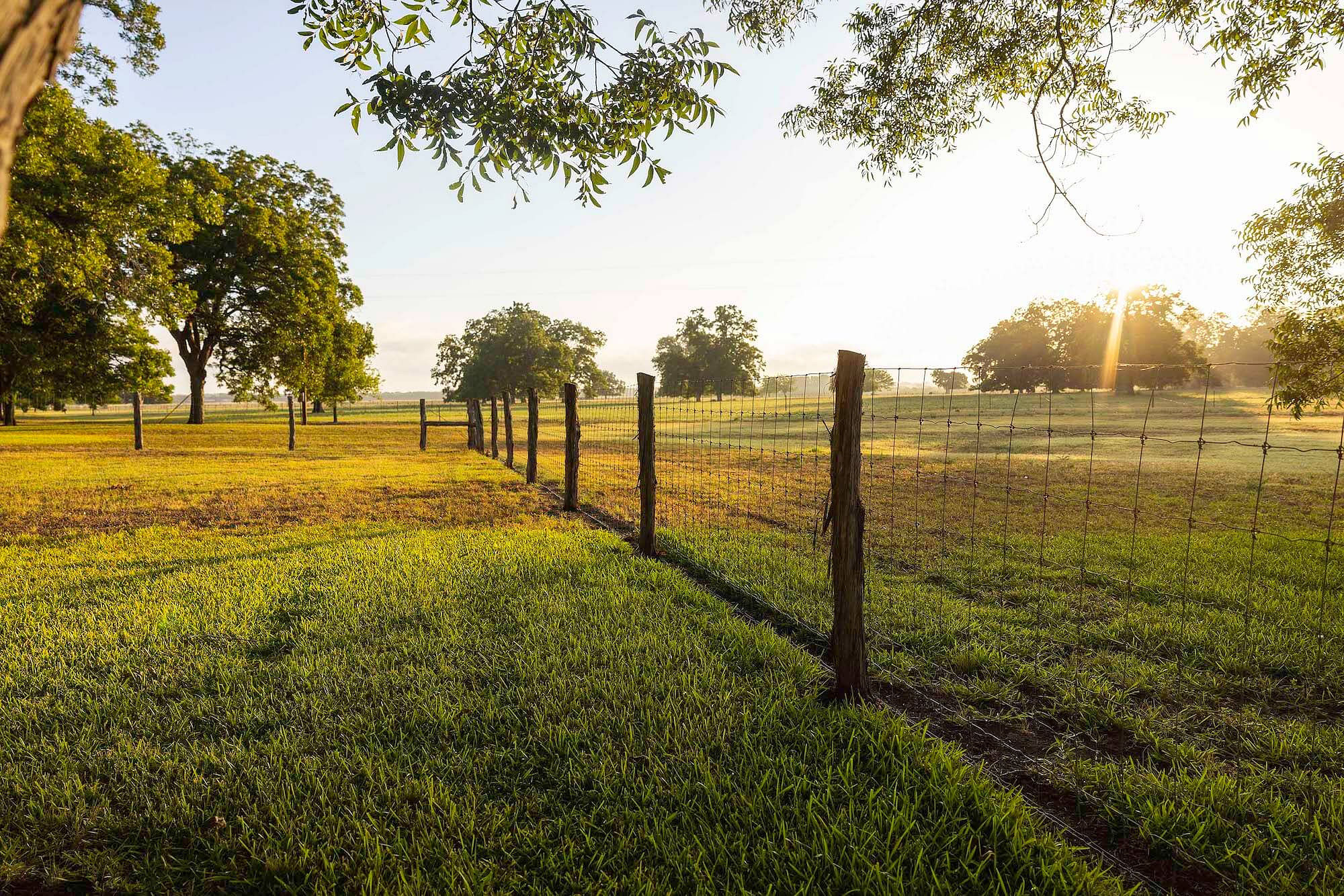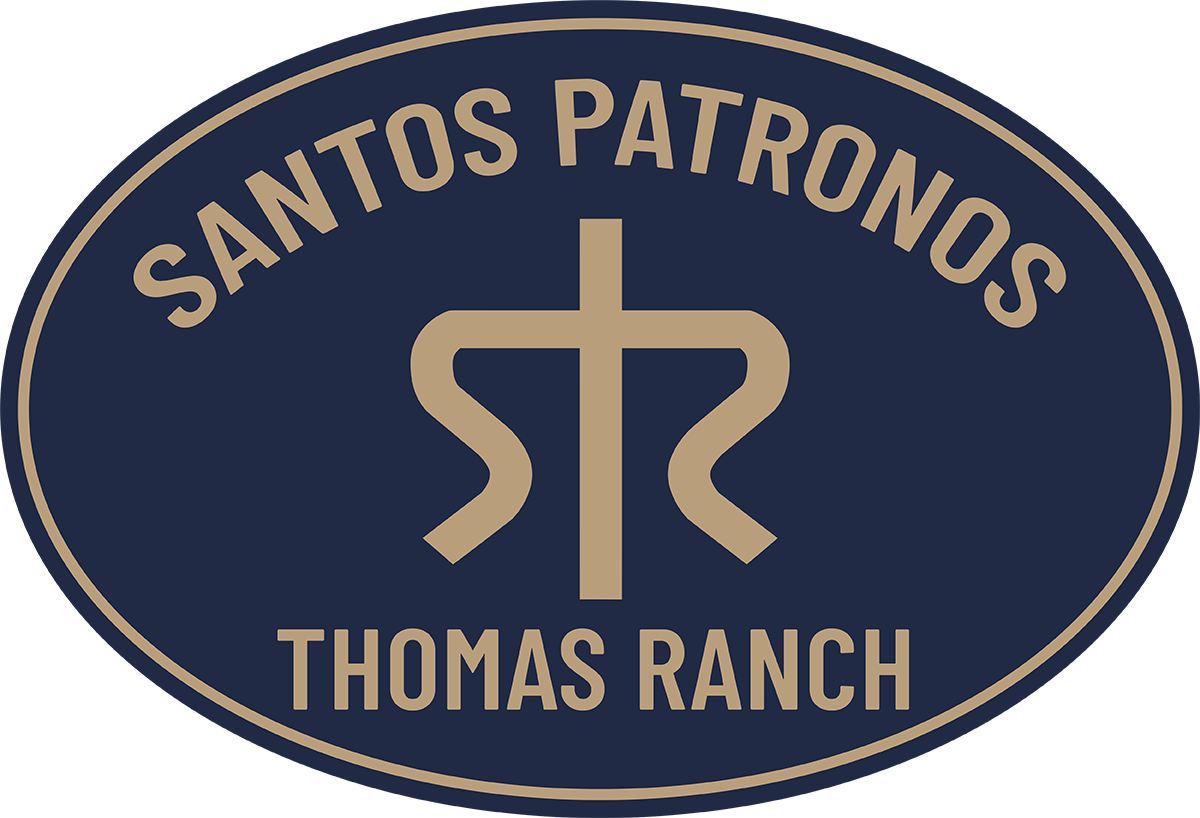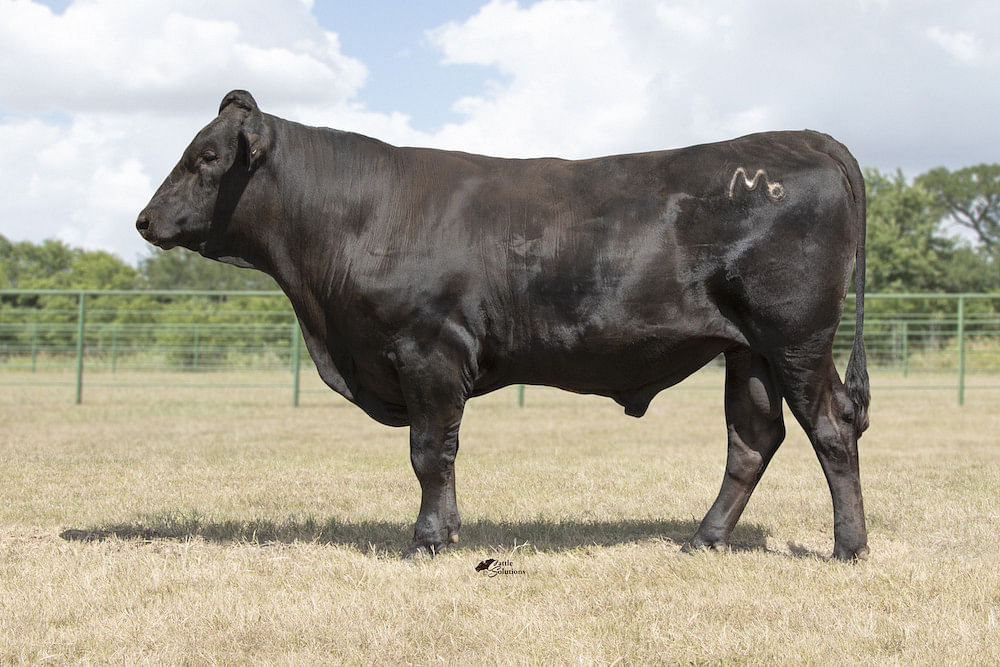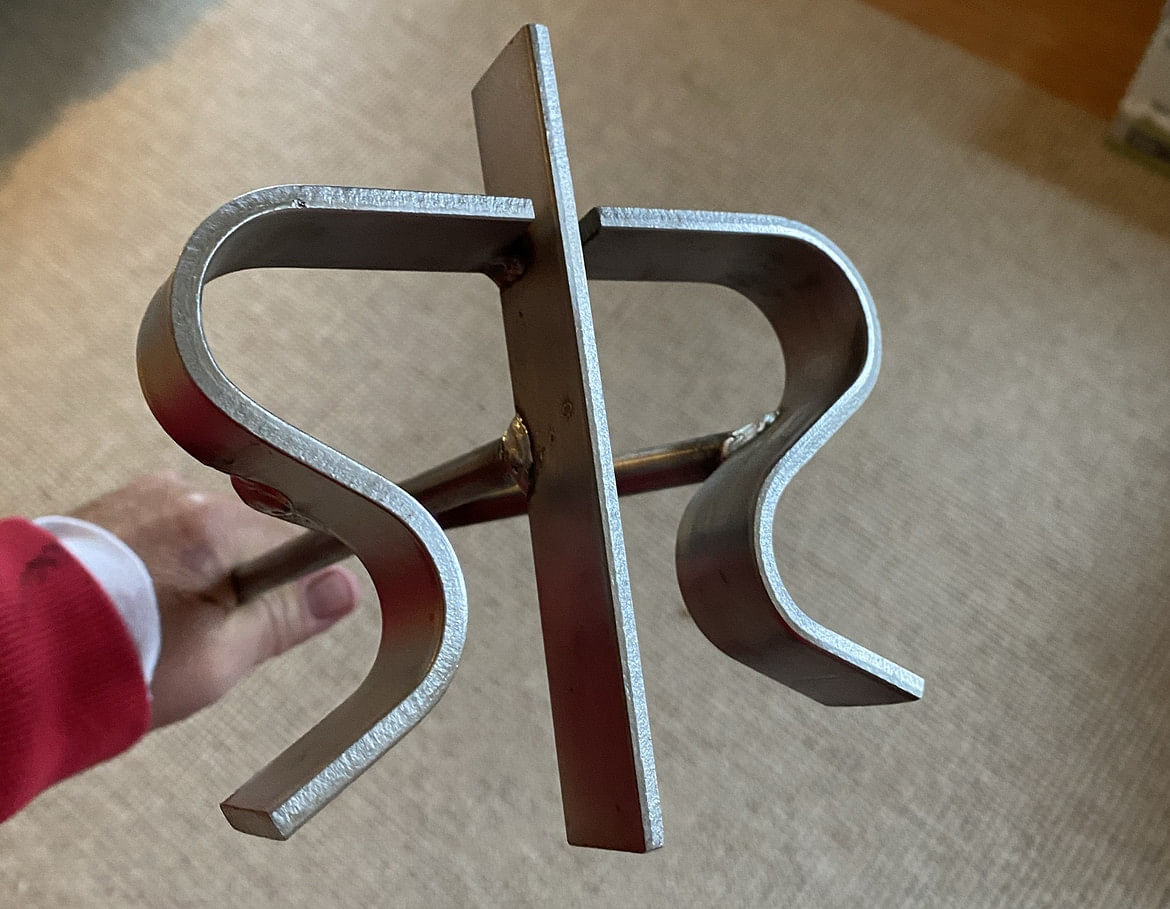
The Storied History of
Santos Patronos Ranch
Steeped in Texas History
Now owned by the Thomas Family, this land was originally part of El Capote Ranch. The founder of El Capote Ranch was Count Jose De La Baume (1731-1834), a French army officer who came to North America with Marquis De Lafayette and fought in the American Revolution. De La Baume acquired a grant from a Mexican governor to purchase 27,000 acres of Texas land among the Capote Hills, but his acquisition was complicated when tensions rose between Mexico and Spain. Due to his involvement in the American Revolution, authorities questioned La Baume’s allegiance to Spain’s crown, and confiscated all of his assets. The 82-year-old Count was imprisoned for seven months until he received a pardon in 1814. The pardon, however, did not return his money or the deed to El Capote Ranch. De La Baume petitioned the government for his confiscated property and he employed Stephen F. Austin as his attorney. Noted Texas figures including Green DeWitt, Sam Houston, John W. Smith, Juan Erasmo Seguin and Jose Antonio Navarro signed petitions on behalf of the Count and his application for the restoration of his ownership rights. Ultimately, the Mexican government returned his property, including the ranch, in 1828.
In the spring of 1834, Stephen F. Austin entered the bedroom of the San Antonio home of De La Baume, then a 103 year old man on his death bed. He was joined by two other prominent citizens, John W. Smith and Erasmo Seguin, to witness the signing of De La Baume’s Last Will and Testament. John W. Smith became the first anglo mayor of San Antonio. Erasmo Seguin is, of course, one of the most influential people in Texas history. The City of Seguin was named in honor of his son.
In his will of 1834, De La Baume provided that the lands of El Capote shall be divided among his five children. In the will, he also states: "I have filed a claim against the Supreme Government of the United States of America asking for the pension awarded to those who fought in the War for Independence, since I was captain of a company which fought for the cause of America in the glorious struggle against Britannia power.”
Michael Erskine acquired some of El Capote’s lands from heirs of De La Baume in the 1840s. He raised cattle here and drove his herds to California and New Orleans. The chronicles of these cattle drives are rich in detail.
This land is also rich in the lore of Cowboys and Indians. French Smith, De La Baume’s ranch manager, is one of the many colorful and significant characters in the history of El Capote. He was one of the volunteers who helped rescue three ladies held captive by raiding Comanche Indians. Erskine's mother, Margaret, was captured by the Shawnee Indians and held captive nearly four years before the Indians would accept a ransom for her.
The Erskine family sold the ranch in the 1870s, part of which was purchased by Edith Kermit Carow, the wife of future President Theodore Roosevelt. In fact, during the Spanish-American War, Roosevelt rode both horses “Seguin” and “Little Texas”, at the Battle of San Juan Hill (1898).
Santos Patronos ranch is located on FM 466, commonly known as El Capote Road, and shares a fence with what is left of the original El Capote Ranch. El Capote Road was forged by Texas settlors traveling from San Antonio to Gonzales and further east. The trail ran parallel to the Guadalupe River. Travelers frequently stopped to rest at a natural spring located on our ranch, though they were subject to attacks by local Indians. Evidence of these skirmishes include the abundance of arrowheads and other artifacts found on the ranch.
More on the history of this land can be found at www.uiw.edu/sanantonio/LaBaume.html
The Guadalupe River
Our ranch is nestled near the banks of the Guadalupe river between Seguin and Gonzalez, Texas. The river was first named in 1689 after Nuestra Señora de Guadalupe by the explorer Alonso de León, whom he considered the patron saint of his expedition. In 1846, the Catholic bishops of America declared the Blessed Virgin Mary to be the patron saint of the United States under her title of the Immaculate Conception. And in 1945, Pope Pius XII decreed the Blessed Virgin Mary to be the patron saint of all the Americas under her title Our Lady of Guadalupe.
During his expeditions, De León named several Texas rivers, including the San Marcos, the Guadalupe, the Medina, the Nueces, and La Santísima de la Trinidad (“The Most Holy Trinity”), known as the Trinity. De León was also instrumental in establishing San Francisco de los Tejas, one of the four missions that comprise San Antonio Missions National Historical Park.






